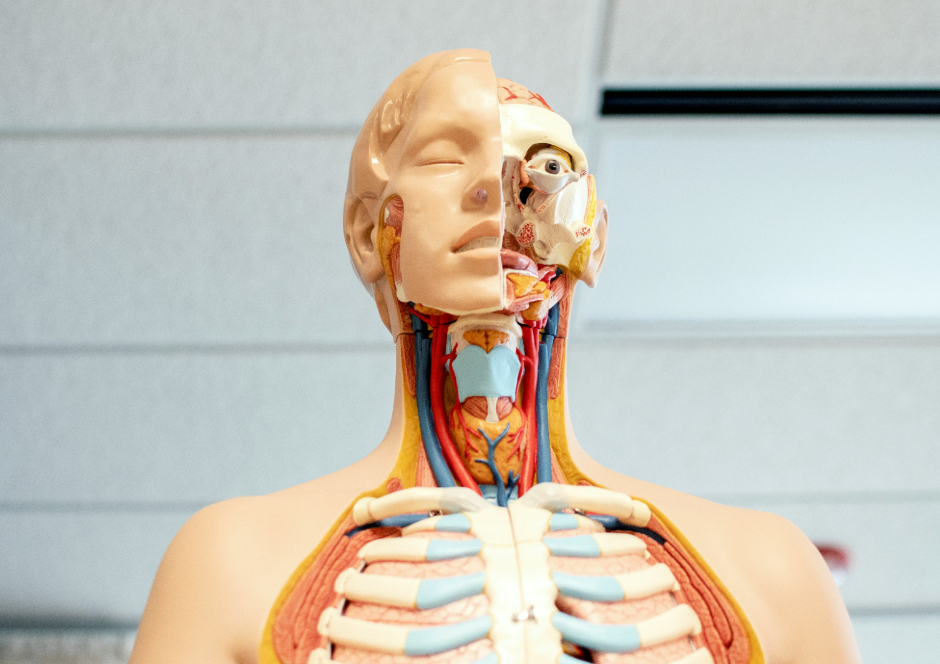Granulomatosis with polyangiitis (GPA, formerly Wegener’s granulomatosis) and microscopic polyangiitis (MPA) are both types of ANCA-associated vasculitis (AAV), a group of disorders characterized by inflammation of small blood vessels, but GPA is distinguished by granulomatous inflammation, while MPA lacks this feature.
Here’s a more detailed explanation:
What are GPA and MPA?
- ANCA-associated vasculitides (AAV):Both GPA and MPA are types of AAV, a group of disorders where the immune system mistakenly attacks the body’s own tissues, causing inflammation of small blood vessels (vasculitis).┬
- Necrotizing vasculitis:Both GPA and MPA cause necrotizing vasculitis, meaning the inflammation damages the blood vessel walls.┬
- Granulomatous inflammation:GPA is characterized by the presence of granulomatous inflammation, which are masses of inflammatory cells, particularly in the upper and lower respiratory tracts.┬
- MPA’s lack of granulomas:MPA, on the other hand, lacks granulomatous inflammation and primarily affects small vessels like capillaries, venules, and arterioles.┬
- ANCA:Both GPA and MPA are associated with antineutrophil cytoplasmic antibodies (ANCAs), though ANCA testing may be negative in some patients.┬
Symptoms and Complications:
- GPA:Symptoms can include nose and sinus problems, cough, shortness of breath, kidney problems, and skin rashes.┬
- MPA:Symptoms can include fatigue, weakness, fever, weight loss, rashes, muscle and joint aches, and numbness or tingling.┬
- Both GPA and MPA:Can cause inflammation and damage to various organs, including the kidneys, lungs, skin, and nerves.┬
Treatment:
- Induction of remission:┬áBoth GPA and MPA are treated with immunosuppressive therapy to induce remission (reduce inflammation).┬
- Maintenance therapy:┬áLong-term immunosuppressive therapy is used to prevent relapses.┬
- Rituximab:┬áThe biologic drug rituximab, used in conjunction with glucocorticoids, is approved for the treatment of GPA and MPA.┬


Leave a Reply